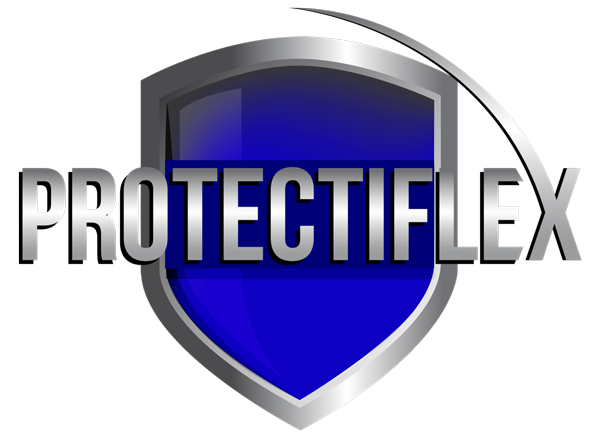
ProtectiFlex® Monolithic systems can easily be integrated within a building framing or façade system to meet extreme loading resistance and mitigation requirements
Extreme Loading Testing and Performance Validation
ProtectiFlex Concrete in Monolithic Form has successfully passed rigorous testing including blast testing, close-range blast effects, ballistic and direct fire flame testing. This data was also used to develop, test and validate the composite and dynamic flexural behavior for the remaining ProtectiFlex Concrete systems including composite modular systems, pumped composite concrete systems along with the ProtectiFlex Shotcrete form when exposed to blast loading.
Blast Testing
Blast Testing on monolithic ProtectiFlex panels was performed at the Stone-OBL test site located near Bend, Oregon- USA.
The explosive charges used in the testing program were equivalent to a vehicle bomb threat with various standoff distances. Minor to moderate damage was observed with no spall or debris.
Further details of the blast testing results and associated performance, along with associated dynamic modeling comparisons between ProtectiFlex and standard reinforced concrete and masonry construction can be requested and released to the authorized organizations.
Close-in Blast Effects Testing
Multiple hand-carried bomb threat scenarios were performed at contact and close-range on ProtectiFlex panels as well as standard reinforced concrete panels. The reinforced concrete panels were badly damaged or destroyed, creating a flying debris hazard.
The ProtectiFlex panels were structurally intact and showed minor damage from close-range blast effects to localized damage effects from the contact bomb threats with localized light-weight small crumb debris particles. The overall performance showcases the effectives of ProtectiFlex compared to reinforced concrete to minimize the effects of fragmentation, spalling and risk of collapse or secondary entry when exposed to close-range and contact blast threats.
Further details can be requested and released to the authorized organizations.
Ballistic Testing
All ballastic resistance testing evaluation of the ProtectiFlex precast panel technology was conducted for various thicknesses in accordance with UL 752 and NIJ-STD-0108.01 testing standards at Oregon Ballistic Laboratories in Salem. The setup can be seen here.
Further details of the ballistics testing results and associated ballistic ratings for the various thicknesses evaluated can be requested and released to authorized organizations.
The ballistic testing results and assessment show that a thinner and lighter ProtectiFlex layer than concrete or masonry is needed to protect against higher ballistic ratings such as the UL 752 Level 10 threat, as well as to NIJ-STD-0108.01 Levels III and IV. Overall, the biggest advantage of the ProtectiFlex precast wall panel system is seen in its mass-efficient protection against the larger ballistic threats (e.g., .50 caliber) and minimizing any potential spalling and debris.
Direct Flame-Fire Testing
4” thick slabs of ProtectiFlex with a FireCap coating were subjected to a constant 2000 °F, simulating UL 1709 conditions as an upper-bound for the fire load. After 60 minutes of direct fire impingement, the backside remained cool to the touch. Further details of the flame fire testing results and associated information on the FireCap coating can be requested and released to authorized organizations.






